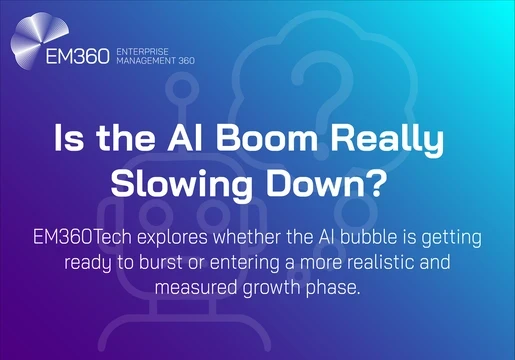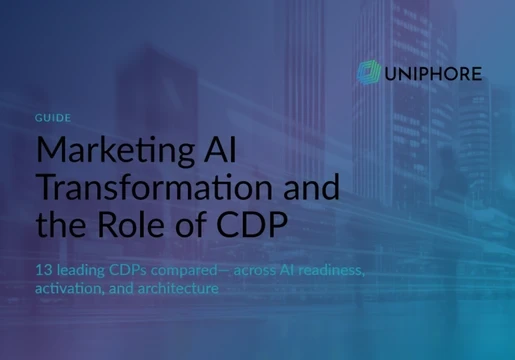In today's data-driven world, businesses around the world rely on data analytics to make the most out of their data. But traditional data analysis is time-consuming and can require huge amounts of a company's resources to gain actionable insights from their data.

AI analytics tools use machine learning to automate the time-consuming and repetitive tasks involved in data analytics. By harnessing the power of AI analytics, they enable data analysts to focus on more strategic tasks, such as developing new insights and making data-driven decisions.
While there are a variety of tools on the market, choosing the best AI analytics tool for your business is crucial to streamlining the data analytics process and making informed, data-driven decisions.
Whether you're a data scientist, business analyst, or just someone interested in harnessing the power of data, these top 10 AI tools are essential for your analytics toolkit.







Comments ( 0 )